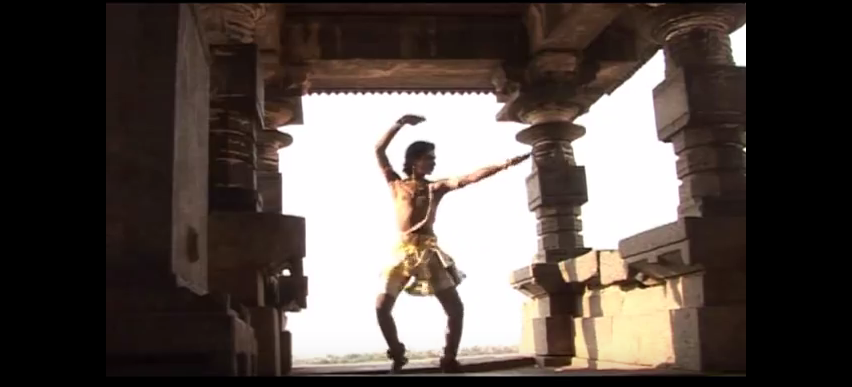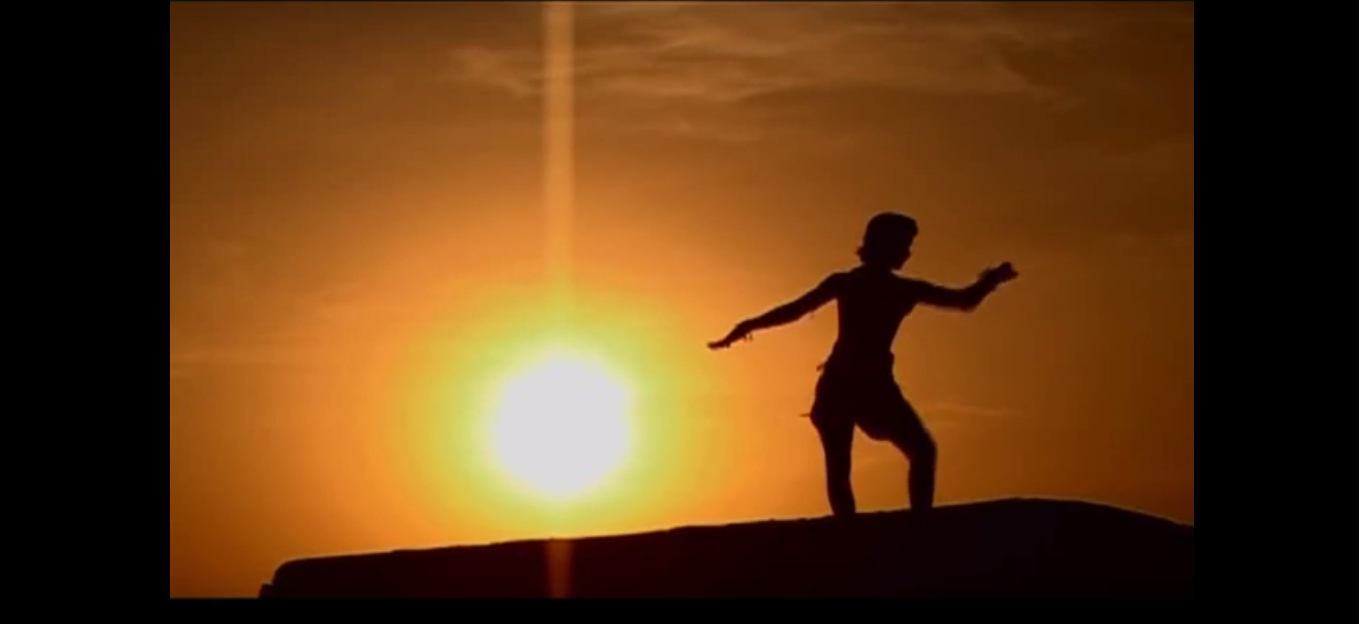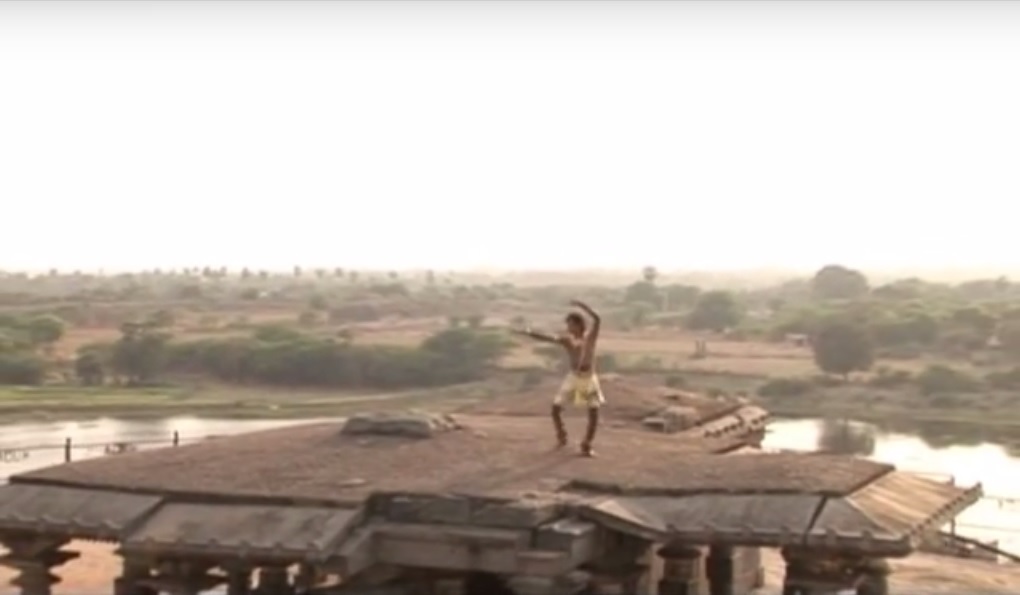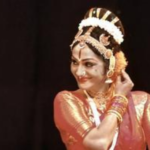From the realm of Sangeeta (music), we move on to the world of Nrtya (Dance). The next installment of our Series on Andhra Personalities is on the great Jaya Senapati, master of warfare and…dance.
Background

Jayana, Jayasena, Jayappa Nayudu, he is known by many names, but above all, Jaya Senapati. A general, a feudal baron, of royal background, he was a narthaka, nayaka, and Natyacharya par excellence.
Despite his exploits both on and off the battlefield, he was humble by nature, and paid due reverence or made reference to the great masters who came before him: first and foremost, Bharatamuni, but also Matanga, Kohala, Tamburu, Somesvara, and Abhinavagupta. Indeed, due to his contributions to Andhra culture and Indic civilization, he now takes his place alongside them.
“Jayana belongs to the Ayyana dynasty. His ancestors hail from Velanadu area, Kroyyuru.” [1,x] His family is said to have been subordinate rulers of the Telugu Cholas, who reigned in Velanadu from their capital, Chandavolu.
Jayappa’s grandfather, Narayana Nayaka, is credited with constructing a municipality on an island on the Krishna Delta, very near the coast. His father Pinnachoda Nayaka was ruling the island when Kakatiya Ganapati Deva conquered it, but reinstated the family.
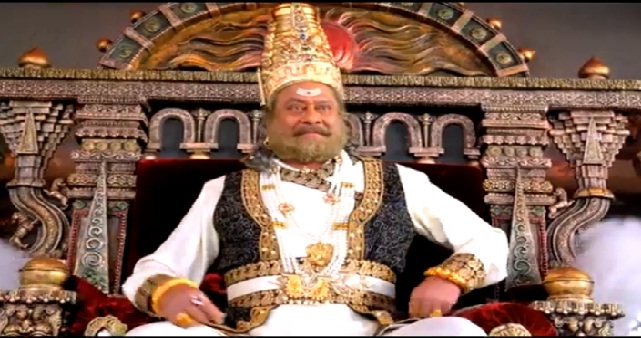
As a token of good relations, Ganapati Deva married both of Narayana Nayaka’s daughters Naramaamba and Peramaamba.
So close was the bond between the families, that the Kakatiya King himself took Jayana under his care as a small boy and had him educated. He appointed the latter as Nayaka of Taamarapuri, per a 1213 CE inscription.
Preksya prajnaamatisayavateem svaamibhaktim ca harsaad
Aakaumaaraad ganapatinrpo jaayanam yam samarcya |
Gundaamaatye sakalasumanas sevyamaane jayantam
Vaacaam patyau haririva kalaaslaaghaneeyam vyanaiseet ||
He in whom Ganapatibhoopaala noted great talent and loyalty (towards patron) and entrusted him to the care of the much sought after Gundamaatya, just as Indra entrusted Jayanta to Brhaspati and had the meritorious art taught. [1,x]
Jayana therefore learned the arts from Gundamatya. The Royal Narthakis of the time learned from brahmana acharyas, hence the Nattuva mela was known as Brahmana mela. [2, 67] Jayasena later refers to himself as gajasaadhanika and senapati (that is elephant corps commander and general). He served under Maharani Rudhrama Devi as well.
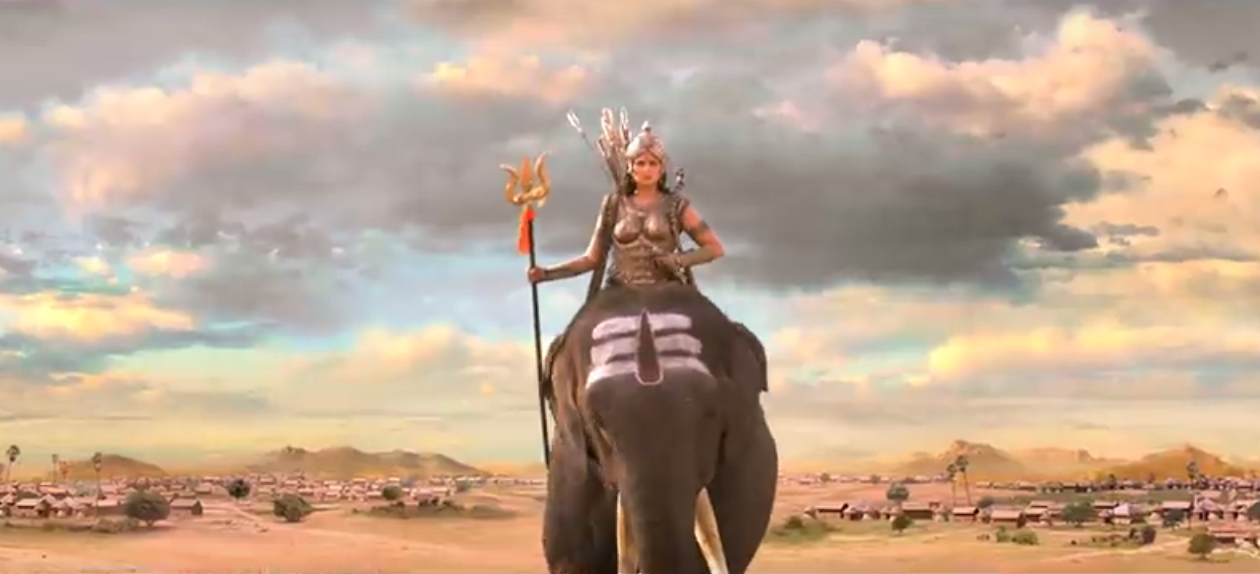
He is said to have accompanied the rulers of the dynasty on their many campaigns, and played an important role in their success against neighbouring rival kingdoms.
That is what makes his background so interesting. Despite being a high level field commander, nayaka, and general, Jaya Senapati was also Jayacharya, learned authority on the art of dance and song. If the great God Siva is the literal “Lord of the Dance”, then as a nayaka, Jaya Senapati was “[l]ord of the Dance”, small L. That a feudal lord or baron was a maestro of dance and a scholar of sangeeta and sanskrit in his own right, only goes to show the level of culture not only in the Kakatiya Rajya or the Ancient Andhra desa, but Indic Civilization itself.
An inscription refers to young Jayana as “very gentle, humble, polite, confident, graceful and valorous”[1, xi]. It is no wonder he was a warrior dancer in the Perini Thandava tradition. In one account, he is said to have dismounted from his elephant and danced the Thandava to boost the morale of his troops. One can only imagine his performance as being something akin to this.
Nrtta (Pure Rhythmic Dance) in Action
https://youtu.be/UU7VC_huc7Y
Per Jayasena’s own record, he composed the Nrtta Ratnavali as follows:
Kalau yaate tu varsesu bhoota baana agni saagaraih|
Mitesvaanandasamjnebde jagadaananda daayini||
Sasvat kuvalayollaasiyasah praaleyarocisi|
Prataapatapana praudhi taapitaaraati maanase ||
Now, in Bharatavarsa, the period of vaivasvata manvantara, Kaliyuga, after 4355 years during this period, in the year Aananda which gives joy to the world. [1,xiii]
This corresponds to 1253 C.E. [1,xiii] Interestingly, the Ramappa temple, constructed in 1213 CE by Recherla Rudradeva, Army Chief and minister of Ganapati Deva, is said by some scholars to have inspired General Jayasena. The sculptures are absolutely beautiful, and can be found today in the modern state of Telangana, just outside of Warangal.
Achievements
Despite the passage of time, and the destruction of the Kakatiya Empire, many of Jaya Senapati’s numerous accomplishments have come down to us.
He authored the Geeta Ratnavali, the lesser known counterpart and predecessor to his famous Nrtta Ratnavali.
He codified the various Andhra Desi dance traditions all while stating and preserving the strictures of Marga. Contrary to foreign and foreign-sponsored revisionists, this demonstrates the integral unity of the tradition. [5] Indeed, he held Bharatamuni in great reverence, and specifically notes that his “text is the result of repeated study of Bharata’s literary work, tedious delving into the depths of many commentaries, debating with well-disposed people adhering to the tradition of seeking from a guru, Lord Siva’s grace and unravelling of the secrets in the Sastras.” [1, 6]
He described the various dances of the Devadasis who performed on the Natya Mandapa of various temples. Jayasena, in fact, consecrated 300 of them to the Chebrole temple in Divi taluk. [2,67] He composed dances for not only Devadasis but also Raja-narthakis, that is, the dancers of the Royal Court. They enacted yakshaganas, a dramatic style of dance that portrayed episodes from Puranas, but with all characters performed by a single dancer.
Nevertheless, his magnum opus and most famous accomplishment remains the text that will forever be associated with him. The Nrtta Ratnavali is held in high esteem, mentioned along side neighboring Seuna Kingdom’s Sangeeta-Ratnakara by Sarngadeva, and behind only the Natya Sastra itself.
Composed in Sanskrit verse, this artistic and literary gem of Andhra is chock full of wisdom, along with dance technique and principle. Jayana held nrtta (pure rhythmic dance) above all. For this reason he does not expound upon the other aspects of nrtya and natya in much detail, and so aptly titled the work Nrtta Ratnavali.
He describes not only Lasya, that is the delicate dance of the Lady, but also Thandava, the vigorous dance of the male. In fact, Perini is described in great detail. One can only imagine the depth of study Sri Nataraja Ramakrishna must have engaged in to revive this tradition via Jayasena’s text. Not only does it delve into the intricacies of footwork, rhythm, and musical accompaniment, but also describes the regional tradition of dance, instruments, and orchestral accompaniment. Clearly this was the work of a master of both theory and practice. It is a balance of the musical and the spiritual.
This great treatise of Dance and treasure of all true Telugus, has come down to us today due to the efforts of traditional scholars. Whether you are a dancer of Perini or an admirer of Kuchipudi or simply a collector of books, here is one “must have” to any respectable collection of Andhra literary works.
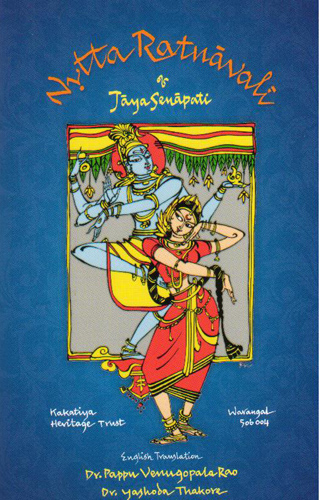
Legacy
The legacy of General Jayasena is one that has stood the test of time and against the test of rubble and decay. Though the Kakatiya Samraajya and its greatest king, Ganapati Deva, are long gone, the legacy of not only his patron, but the man himself remains intact. Jaya Senapati’s contributions to dance trenchantly demonstrate the integral unity of the Indic tradition. Unlike Bharata muni, Jayasena was neither a brahmin nor a man of the north, yet still composed his work in veneration of Bharata, was directly influenced by his theories, and communicated his composition in sanskrit verse.
And yet, the Nrtta-Ratnavali is an eminent work of Andhra literature in the truest sense of our tradition. Jayappa careful wove the Desi (local folk tradition) with the Marga (the spiritual great tradition). As Sri Nataraja Ramakrishna would show 700 years later, the true Telugu is very much also a true Indian, and local and regional can and must be given patronage alongside the national and civilizational.
“Historically the Aandhra region has always been endowed with various ancient traditional dances not always based on the treatises…Jayana gets the credit for codifying and presenting the regional forms of Aandhra dance in this treatise.”1, p. xxi
We findJayana’s integrity, sincerity and commitment to this subject, respect or the earlier writers, loyalty to patron and confidence in himself as significant qualities. [1, xxi]
A true aesthete, he was a rasika par excellence. The embodiment of balance that our modern elite should aspire toward, he was neither a brute ruffian nor a pretentious fop, but possessed the qualities of manliness and refinement in equal balance. A General and a Dance maestro of great repute, his life demonstrates how a life of culture and a regimen of vigour on the dance floor also inspires vigour on the battlefield.
Jai Jaya Senapati! Jai Andhra Pradesh/Telangana! Jai Telugu Talli! Jai Bharat Mata!
References:
- Pappu, Venugopala Rao. Nrtta Ratnavali of Jaya Senapati. Kakatiya Heritage Trust. 2013.
- Devi, Ragini. Dance Dialects of India. Delhi: MLBD.2002.p.76
